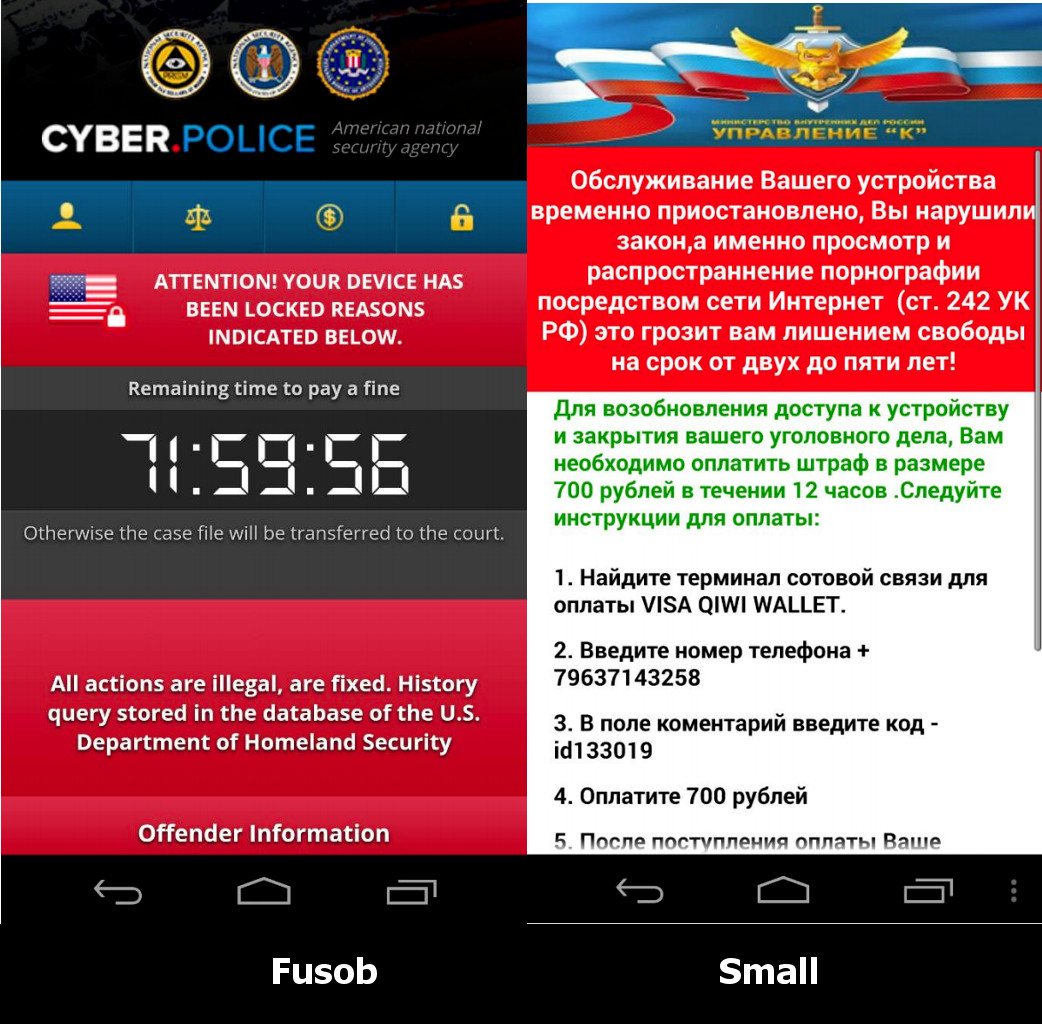
The most sophisticated payloads encrypt files, with many using strong encryption to encrypt the victim's files in such a way that only the malware author has the needed decryption key.

#Ransomwhere app windows#
Some payloads consist simply of an application designed to lock or restrict the system until payment is made, typically by setting the Windows Shell to itself, or even modifying the master boot record and/or partition table to prevent the operating system from booting until it is repaired. Payloads may display a fake warning purportedly by an entity such as a law enforcement agency, falsely claiming that the system has been used for illegal activities, contains content such as pornography and "pirated" media. The program then runs a payload, which locks the system in some fashion, or claims to lock the system but does not (e.g., a scareware program). Ransomware attacks are typically carried out using a Trojan, entering a system through, for example, a malicious attachment, embedded link in a Phishing email, or a vulnerability in a network service. At no point is the attacker's private key exposed to victims and the victim need only send a very small ciphertext (the encrypted symmetric-cipher key) to the attacker. The symmetric key is randomly generated and will not assist other victims. The victim deciphers the encrypted data with the needed symmetric key thereby completing the cryptovirology attack.
#Ransomwhere app how to#
It puts up a message to the user that includes the asymmetric ciphertext and how to pay the ransom. It zeroizes the symmetric key and the original plaintext data to prevent recovery. This is known as hybrid encryption and it results in a small asymmetric ciphertext as well as the symmetric ciphertext of the victim's data. It uses the public key in the malware to encrypt the symmetric key. To carry out the cryptoviral extortion attack, the malware generates a random symmetric key and encrypts the victim's data with it.

The attacker generates a key pair and places the corresponding public key in the malware.Cryptoviral extortion is the following three-round protocol carried out between the attacker and the victim.
#Ransomwhere app movie#
It is called cryptoviral extortion and it was inspired by the fictional facehugger in the movie Alien. The concept of file-encrypting ransomware was invented and implemented by Young and Yung at Columbia University and was presented at the 1996 IEEE Security & Privacy conference. Globally, according to Statistica, there were about 623 million ransomware attacks in 2021, and 493 million in 2022. The losses could be more than that, according to the FBI. In 2020, the IC3 received 2,474 complaints identified as ransomware with adjusted losses of over $29.1 million. CryptoLocker was particularly successful, procuring an estimated US$3 million before it was taken down by authorities, and CryptoWall was estimated by the US Federal Bureau of Investigation (FBI) to have accrued over US$18 million by June 2015. In June 2014, vendor McAfee released data showing that it had collected more than double the number of ransomware samples that quarter than it had in the same quarter of the previous year. This record marks a 229% increase over this same time frame in 2017.

There were 181.5 million ransomware attacks in the first six months of 2018. Starting as early as 1989 with the first documented ransomware known as the AIDS trojan, the use of ransomware scams has grown internationally. However, one high-profile example, the WannaCry worm, traveled automatically between computers without user interaction. Ransomware attacks are typically carried out using a Trojan disguised as a legitimate file that the user is tricked into downloading or opening when it arrives as an email attachment. In a properly implemented cryptoviral extortion attack, recovering the files without the decryption key is an intractable problem – and difficult to trace digital currencies such as paysafecard or Bitcoin and other cryptocurrencies are used for the ransoms, making tracing and prosecuting the perpetrators difficult. It encrypts the victim's files, making them inaccessible, and demands a ransom payment to decrypt them.

While some simple ransomware may lock the system without damaging any files, more advanced malware uses a technique called cryptoviral extortion. Ransomware is a type of malware from cryptovirology that threatens to publish the victim's personal data or permanently block access to it unless a ransom is paid off. Security information and event management (SIEM).Host-based intrusion detection system (HIDS).


 0 kommentar(er)
0 kommentar(er)
